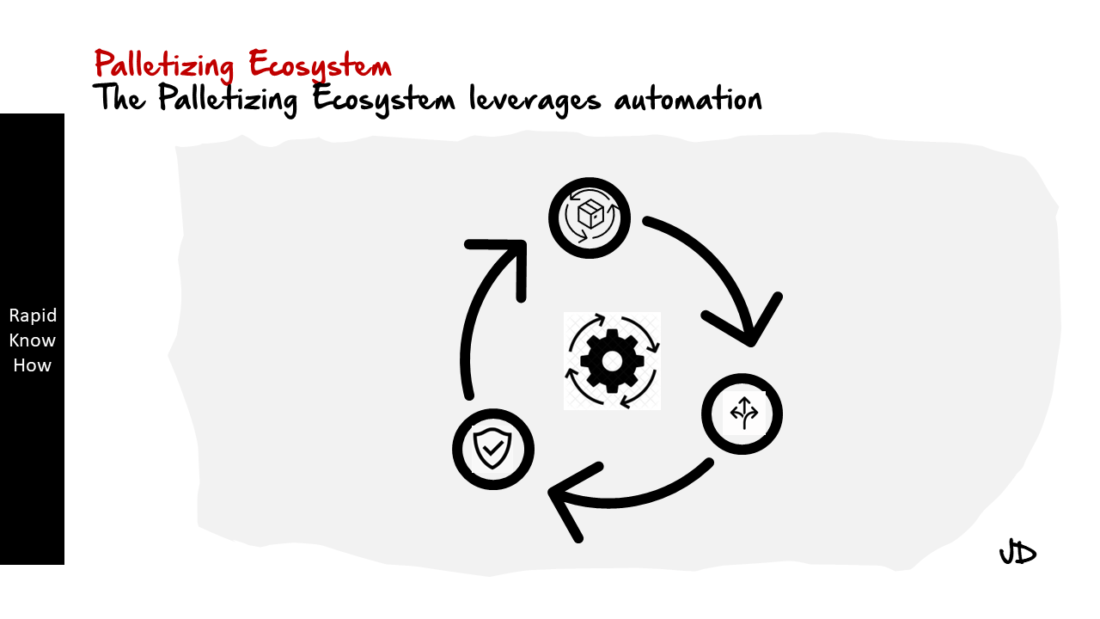The pallet industry is a sector that focuses on the manufacturing, distribution, and management of pallets, which are platforms used for the storage and transportation of goods. To understand the competitive landscape of the pallet industry, consider the following factors:
1. Key Players: The pallet industry consists of various players, including pallet manufacturers, suppliers, distributors, and pallet pooling companies. Some of the key players in the industry include CHEP, PalletOne, Millwood Inc., and Brambles.
2. Market Segmentation: The pallet industry serves a wide range of sectors, including manufacturing, retail, logistics, and transportation. Each sector has specific requirements and preferences for pallets, leading to different market segments. Companies may specialize in serving specific sectors or offer a diverse range of pallet solutions.
3. Pallet Types and Materials: Pallets come in different types and materials, such as wood, plastic, metal, and composite materials. Each material has its advantages and disadvantages, and companies compete based on the quality, durability, and cost-effectiveness of their pallets. Some companies may specialize in manufacturing specific types of pallets, while others offer a variety of options.
4. Pallet Pooling and Rental Services: Pallet pooling companies, like CHEP and PECO, provide pallet rental and management services to customers. These companies own and maintain a pool of pallets that are shared among multiple users. Pallet pooling services offer benefits such as reduced costs, improved efficiency, and sustainability. Competition in this segment revolves around the size and quality of the pallet pool, geographic coverage, and customer service.
5. Sustainability and Environmental Considerations: With increasing focus on sustainability, companies in the pallet industry are competing to offer eco-friendly solutions. This includes using recycled materials, implementing sustainable manufacturing practices, and promoting pallet recycling and reusability. Companies that prioritize sustainability may have a competitive advantage in the market.
6. Technological Advancements: Technology is playing an increasingly important role in the pallet industry. Companies are adopting automation, robotics, and data analytics to improve manufacturing processes, inventory management, and tracking of pallets. Technological advancements can enhance efficiency, reduce costs, and provide better visibility and control over pallets.
7. Pricing and Cost Competitiveness: Price is a significant factor in the pallet industry, as customers seek cost-effective solutions. Companies compete on pricing by optimizing manufacturing processes, sourcing materials efficiently, and offering competitive rates for rental and pooling services. Cost competitiveness is crucial for attracting and retaining customers.
To gain a comprehensive understanding of the competitive landscape in the pallet industry, it is important to analyze industry reports, market research, and industry publications. Additionally, monitoring industry trends, attending trade shows and conferences, and networking with industry professionals can provide valuable insights into the competitive dynamics of the pallet industry.




